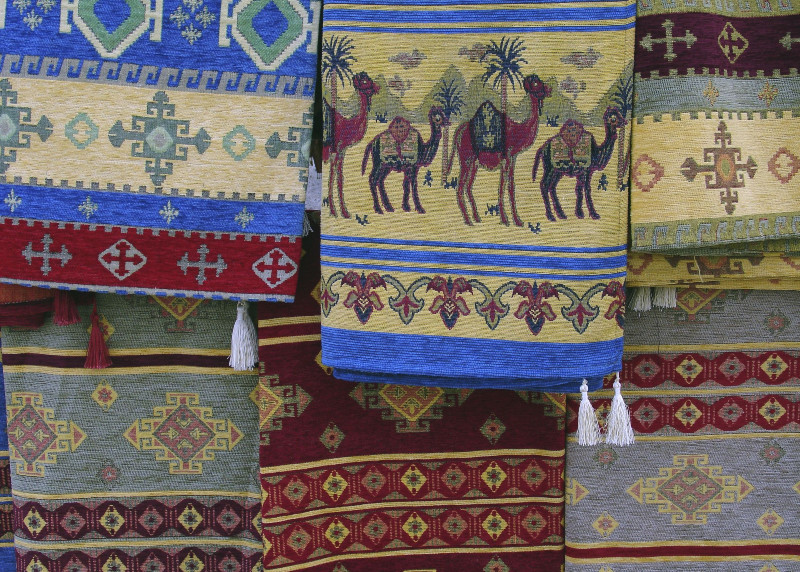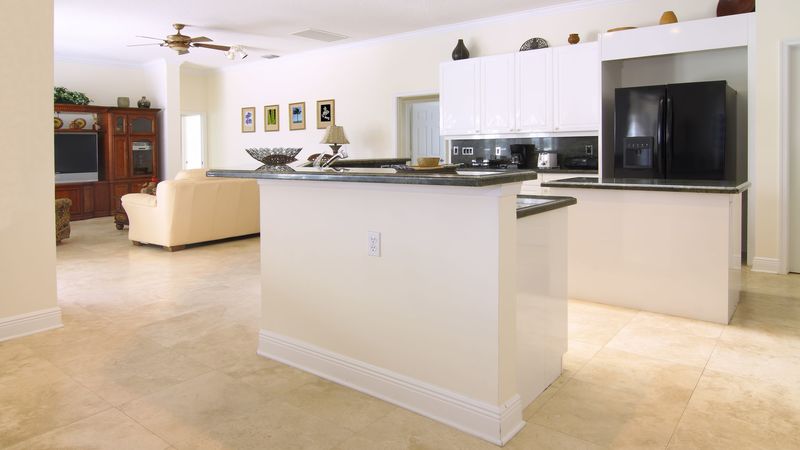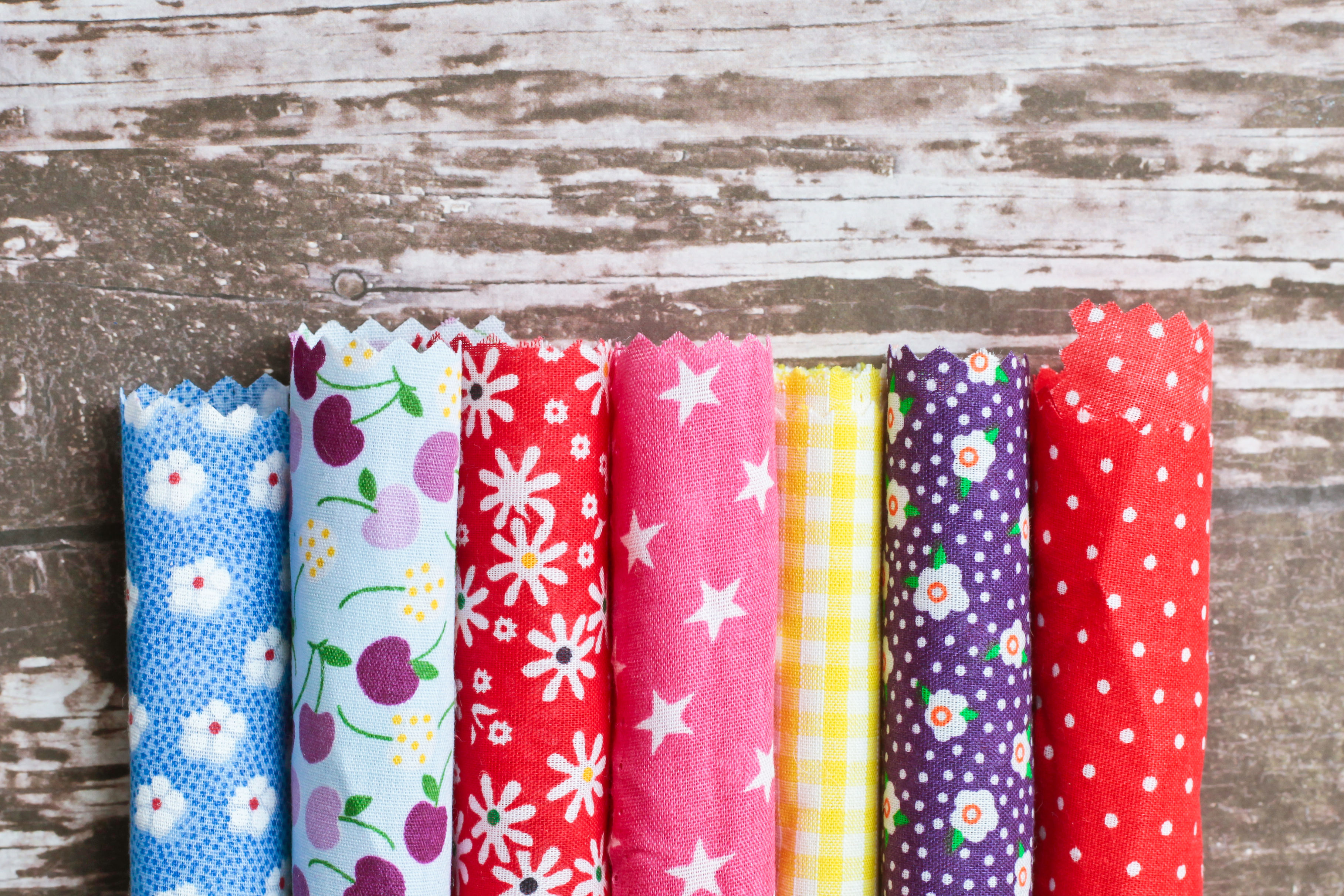Your next home décor project doesn’t have to be the same old upholstery and wallpaper. There are so many kinds of different wall coverings that you can use now to create a unique look in any room of your home. Learn about these 11 types of wall coverings and the reasons why each one may or may not be a good choice for the room that you are decorating.
1. Regular paper wallpapers: These are just your average paper with an adhesive backing that may have a pattern but no special treatments or effects. It’s fairly inexpensive and easy to install. The drawbacks are that it tears easily, can be damaged if soiled or if it gets wet, and could peel in the wrong humidity level or come off completely.
2. Vinyl: Some wallpapers are coated with vinyl, have patterns on the plastic part with a paper backing, and there are also vinyl hangings which are more difficult to install. Vinyl papers usually come in a roll and are often already pasted. You just peel and stick. The hangings take more time and effort but the appearance is more aesthetically pleasing. Vinyl is easy to clean and easy to replace but in high humidity areas it can peel or come off the wall.
3. Metallics and Foils: These provide a very interesting look for any room but can be difficult to hang, especially on uneven walls or areas where the paint isn’t smooth. Any kind of imperfection will show up under metallic. Foils usually come in rolls like the vinyl coated wallpapers with the paste ready to go on the back. Both are fairly easy to clean but too much scrubbing with a scratchy surface can dull the shiny effect. They work well in humid areas but some foils should not be hung around light switch covers or near wiring as it is possible that they will conduct electricity.
4. Flocks: Like several other types of wall coverings, these usually come with the paper backing that can be peeled off for ready pasted application so they are also relatively easy to install. What makes flocks special are the areas of the pattern that are made out of different fibers like wool or silk and even some kinds of synthetic fiber so that this part of the pattern looks and feel sort of like velvet. The texture is very pleasing to the eye and interesting to feel. They come in vinyl coating or paper around the fiber parts of the pattern and the vinyl is a little easier to clean because it’s more durable when scrubbing. This type of wall covering is much more expensive than the average wallpaper.
5. Fabric: This type of wall covering is more difficult to install than others as it should be the wall that is pasted and not the fabric. Puckering and glue sticking to the wrong side of the fabric are common struggles of those attempting to install on their own. Fabric comes in several styles and textures and can give your walls quite a distinctive look as well as providing some level of sound absorption in the room where it is hung.
6. Relief: Relief coverings create texture on the wall. Depending on the type of relief, low or high, they are painted over with pretty much any kind of paint to create the finished effect of an texturized area. After being painted, these types of wall coverings can be fairly difficult to remove or change. Maintenance largely depends on the type of paint used to cover them.
7. Woodchip Papers: This is one of the less visually appealing wall coverings. The texture is course as the paper itself is made of tons of tiny wood chips all put together to create the paper. It’s not very difficult to hang but cutting to fit can be bothersome as the paper tears very easily and it doesn’t come off without a lot of scraping. Most decorators who choose this option do so to paint over it so that the texture is there but the aesthetics are more appealing. Since the paper tears easily, it may not be easy to clean but this can be remedied depending on the type of paint used to cover it. All in all, it’s a very cheap way to cover uneven walls and add some interesting texture to the room’s décor.
8. Foamed Polyethylene: Like the fabric coverings, this type must be pasted to the wall, instead of the paste going onto the back. The top is like vinyl with the pattern printed on it but it’s also slightly puffed up, almost spongy. The upside is that it resists stain very well but, similar to vinyl, it can curl or peel off the wall in rooms that have high humidity.
9. Foamed Vinyl: This type of wall covering is easily installed and easily stripped off. It’s vinyl that has been sort of molded or blown to be made to look like other textures. The most common type of foamed vinyl looks like tiles, sometimes right down to imitation grout lines.
10. Lining Paper: This is solid colored (usually only comes in white) and non-pattered or textured paper that is generally used to cover up damaged walls. Cracks and holes pucker wallpapers and show up more prominently once painted over. Lining paper is what you hang when you want to make sure that the surface which you plan to paint or hang treated wallpaper to be very smooth and uniform.
11. Custom Wallpaper: You can use your own design, photos, or artwork to create truly unique wallpaper that is guaranteed to be one of a kind. Choose your own creativity or hire a designer to bring your ideas to life on whichever material you desire.
There are other ways that you can cover your walls, but these eleven are probably the most common and easiest to come across when you’re redecorating. If none of the options here appeals to you, talk to your designer about what else there is for you to create the best look for each room in your home.







